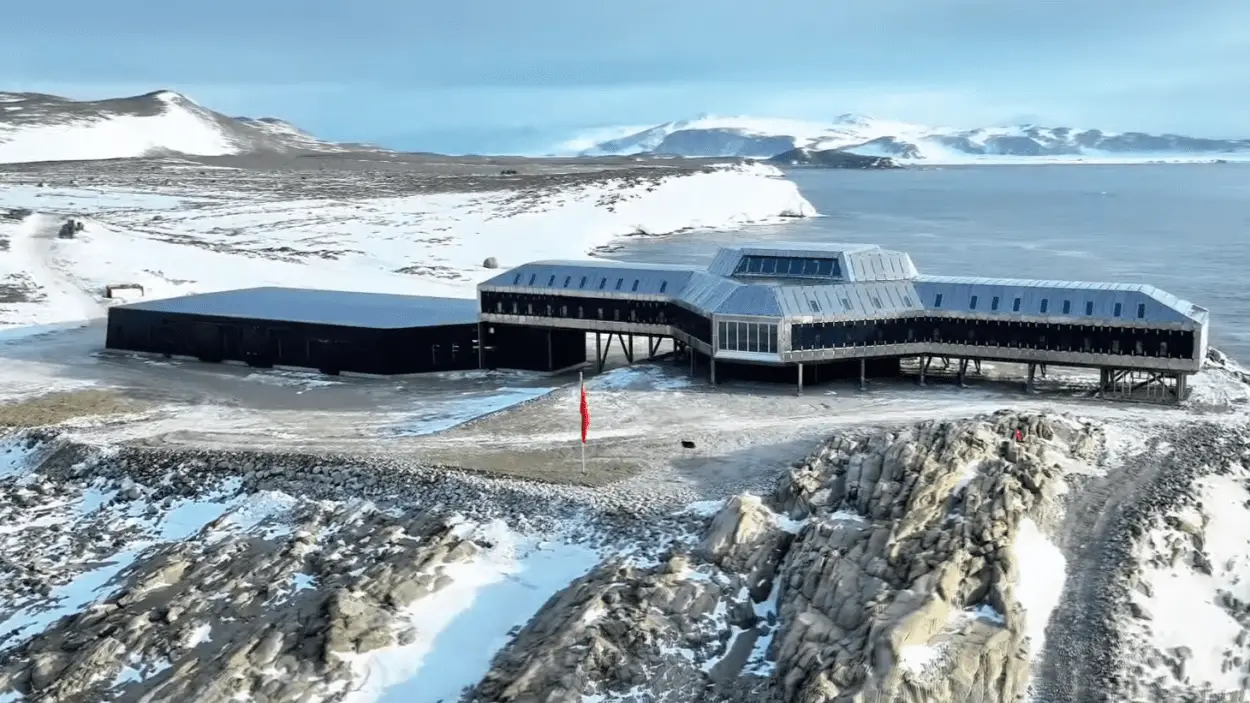Following China’s inauguration of a new scientific research station in Antarctica known as the Qinling Station, renewed interest is being placed on the potential environmental and security implications that threatens the Antarctic Treaty System (ATS).
The ATS is an arms control agreement established during the Cold War era, delineating the continent as a sanctuary for scientific research and exploration, and prohibiting military actions by all signatory members.
The ATS was signed in 1959 by 12 nations, including the United Kingdom, the United States, the Soviet Union, Argentina, Australia, Belgium, Chile, France, Japan, New Zealand, Norway, and South Africa.
As of 2023, there are 56 states party to the treaty, including China that has a consulting status, however, with China opening a 5th research station on the continent, there is a renewed interest in Beijing’s growing polar presence and the threat of resource exploitation, surveillance, and espionage against countries such as Australia.
According to a report by the Centre for Strategic and International Studies (CSIS), the new station, located on an island near the Ross Sea, is expected to include an observatory with a satellite ground station, and should help China “fill in a major gap” in its ability to access the continent.
Antarctica is situated almost entirely south of the Antarctic Circle and covers an area of 14.2 million km2. Described as a polar desert, the continent has an average annual precipitation of 166 millimetres and is covered by ice with a thickness up to 1.9km.
Antarctica holds the record for the lowest measured temperature on Earth, −89.2 °C (−128.6 °F), but despite the harsh climate, is home to native species of mites, nematodes, penguins, seals, tardigrades, and forms of lichen or moss.
Qinling Station is operated by the Polar Research Institute of China and covers an area of 5,244 square metres. The station “has an external shape resembling the Southern Cross constellation, a unique design to honour Zheng He, a legendary admiral, mariner, and diplomat in the Ming Dynasty (1368-1644), said the Polar Research Institute of China.
The CSIS commented that the station could be used to collect signals intelligence and for tracking rockets launched from the Arnhem Space Centre in Australia, which the Chinese government adamantly denies.
“While the station can provide tracking and communications for China’s growing array of scientific polar observation satellites, its equipment can concurrently be used for intercepting other nations’ satellite communications,” CSIS said.
Header Image Credit : China News Service – CC BY 3.0





